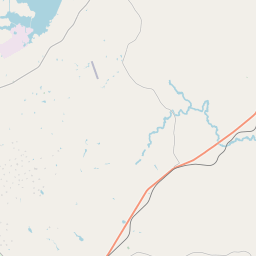First Baptist Church of Bremond







Local lore dates the origin of this church to 1865; however, the earliest written source indicates that a Bremond Baptist Church was in existence by 1869. The first members met in vacant store buildings under the leadership of the Rev. Mr. Harris. In 1869 or 1870 the church joined the Waco Baptist Association. A red brick structure was erected on this site in 1871. An 1876 record lists the church as the First Missionary Baptist Church of Christ of Bremond.
With a membership of 148 in 1879, the church began to prosper under the pastorate of the Rev. C. C. Lee. The congregation joined the Little Brazos Association in 1880 and drew up a church covenant four years later. In 1899, the church joined the Robertson County Baptist Association. By 1933 the church was well established and deeply invested in community and missionary work. Plans for new facilities were underway by June 2, 1945, when a check to apply to a new building was received. That night, a storm destroyed the roof of the original structure. Through insurance, loans from members and gifts, construction on a modern edifice was completed in 1946. Church members gave their own monies to defray the church's debt.
First Baptist Church members have long been active in worship and service. Through missionary projects in Mexico and Brazil, local community work, interdenominational services, and educational support, the congregation continues in the traditions of its founders
As one of the most visible programs of the Texas Historical Commission (THC), historical markers commemorate diverse topics in Texas history, including: the history and architecture of houses, commercial and public buildings, religious congregations, and military sites; events that changed the course of local and state history; and individuals who have made lasting contributions to the state, community organizations, and businesses.
The first oil well in the United States was drilled in Texas in 1859. The discovery of oil transformed the economy of the state and helped to make Texas one of the wealthiest states in the nation.
In 1837, the Texas Congress officially established Robertson County as one of the original counties of the Republic of Texas. During this time, the county experienced rapid growth with the influx of settlers from the United States, particularly from southern states such as Tennessee, Mississippi, and Alabama. These settlers primarily relied on agriculture, with cotton becoming a major cash crop in the region.
The county also played a significant role in the Texas Revolution and the subsequent formation of the Republic of Texas. The Battle of San Jacinto, a decisive battle that secured Texas independence from Mexico, took place just outside the county's borders in April 1836. Several notable figures from Texas history, including Sam Houston, were also closely tied to Robertson County.
Over the years, Robertson County has continued to thrive, with the economy diversifying beyond agriculture. While farming and ranching still remain important industries, the county has also seen growth in manufacturing, healthcare, and tourism sectors. Today, Robertson County is known for its small towns, rural beauty, and historical sites, attracting visitors and residents alike with its charming Southern atmosphere and rich cultural heritage.
Robertson County Timeline
This timeline provides a glimpse into the major events and milestones that have shaped the history of Robertson County, Texas.
- 1837: Robertson County is established from Milam County.
- 1846: The first county seat, Springfield, is established.
- 1854: The county seat is moved to Owensville.
- 1870: The town of Calvert becomes the county seat.
- 1873: The Houston and Texas Central Railway reaches Calvert.
- 1890: The St. Louis Southwestern Railway reaches Hearne.
- 1925: A portion of Robertson County is used to create Falls County.
- 1942: Camp Hearne, a World War II prisoner-of-war camp, is established.
- 1987: The Hearne Southern Pacific depot is added to the National Register of Historic Places.